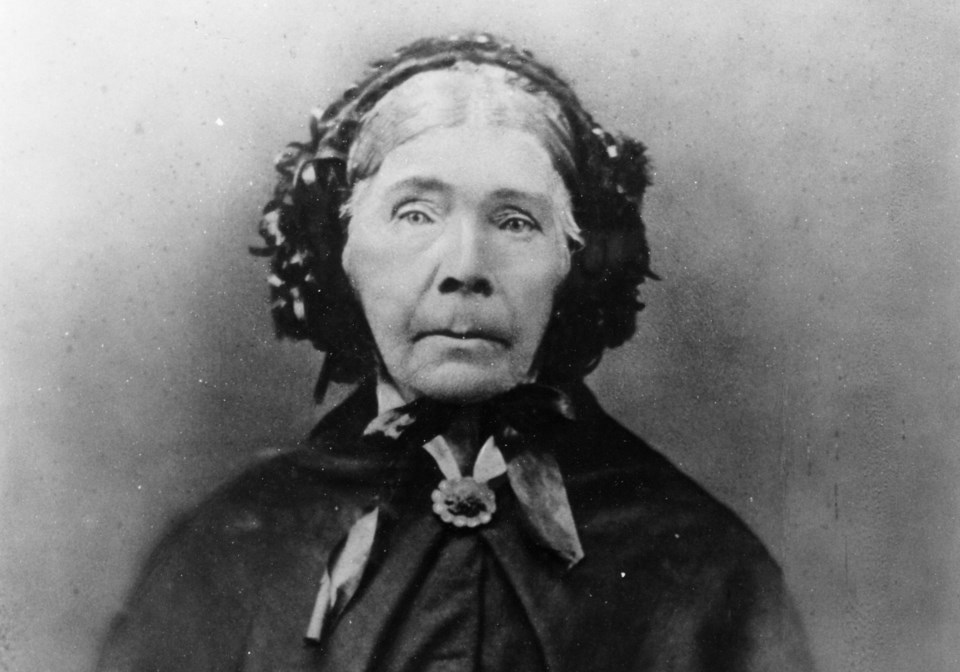History often overlooks the role played by women in supporting the men who tended to grab headlines and dominate literature.
In this column, we’ll peek into the life of Rose Anne Sloan. She was the wife of John Lucas and, together with her husband, was an early Innisfil settler.
Sloan was born about 1800 in County Tyrone, in the Protestant north of Ireland. Her father, James Sloan, was a farmer. Around 1830, she married John Thomas Lucas and, in 1832, they welcomed their first child, William James Lucas. Four more children followed over the next dozen years — two daughters and two sons.
Rose Anne and John were smallholding farmers. They seemed to have gotten by, but probably just barely most years. Some time in early 1845, John made the decision it was time to leave Ireland behind and head for better opportunities in Canada. Rose Anne likely felt pangs of sadness as she embraced extended family for the last time and left the home in which her children had been born. The decision to migrate was never an easy one.
The family seems to have sailed from Britain on June 9, 1845, aboard the SS Conqueror. The journey was a long and arduous one by ship and foot, made more difficult for Rose Anne as she was still caring for a two-year-old toddler (future Churchill storekeeper John S. Lucas) at the time. Two other children, five-year-old Thomas and three-year-old Elizabeth, likely clung to her skirt in nervousness. Only William and Agnes, the oldest children at 13 and 11, were likely old enough to find the journey a grand adventure.
The family didn’t reach their new home — Lot 18, Concession 5 — until late August, after more than two months.
John and Rose Anne worked together to build a home and transform forest into fields. Rose Anne was an equal partner in even the most strenuous of these labours — felling trees, plowing fields, harvesting grain. Years later, John S. took pains to point out his mother’s contributions in a letter he wrote, noting his father turned the farm “into a state of good cultivation with the assistance of his wife …”
Of course, Rose Anne still had to tend the home and raise the children, which grew to six in number after the arrival of Isabella in 1846.
John Lucas died in 1873, tired from a lifetime of exertions. His equally tireless wife survived him by more than a decade, dying Jan. 5, 1884.
The husband and wife left a legacy of a prosperous farm and six industrious, hard-working children.



